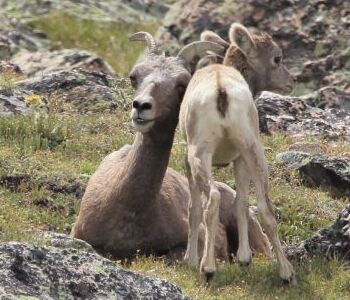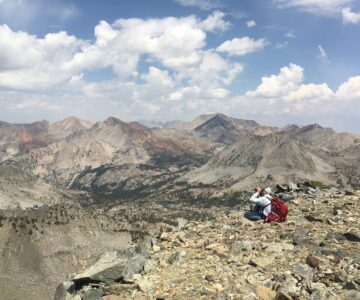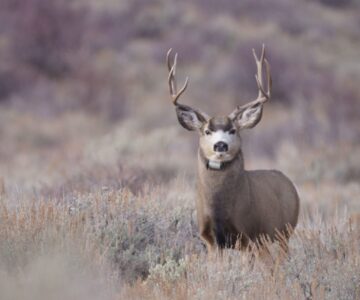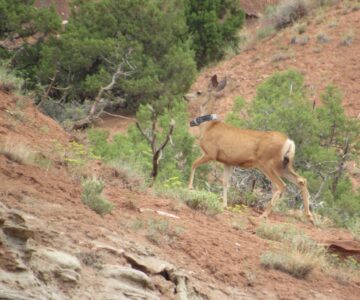From bighorn sheep in the Sierras of California to mule deer in central Wyoming, we study what makes ungulates and their populations tick.
Each one of our projects is a little different, but we tend to have common themes throughout most of our projects: nutritional ecology, an individual focus, and long-term data. By studying nutritional ecology, we can learn how habitat and other environmental factors influence individuals, and then understand how individuals come together to make up a whole population. By looking at individuals and populations over many years, we start to get a a better sense of what is driving populations.
Check out some of our projects below to see what we’ve been up to!





